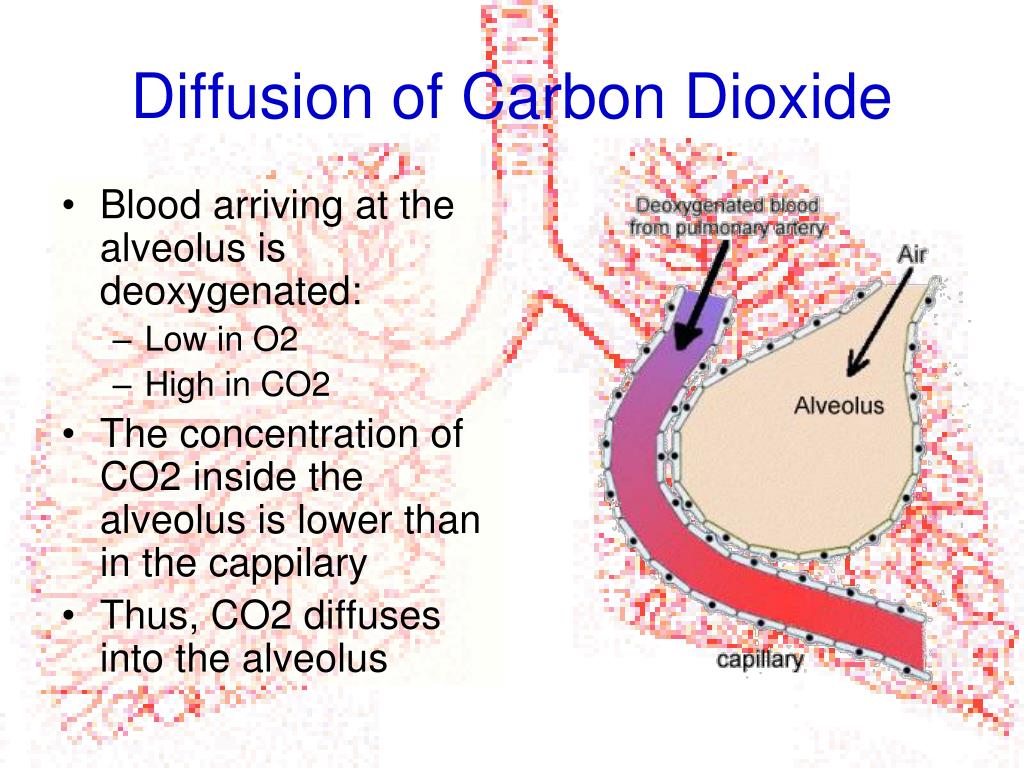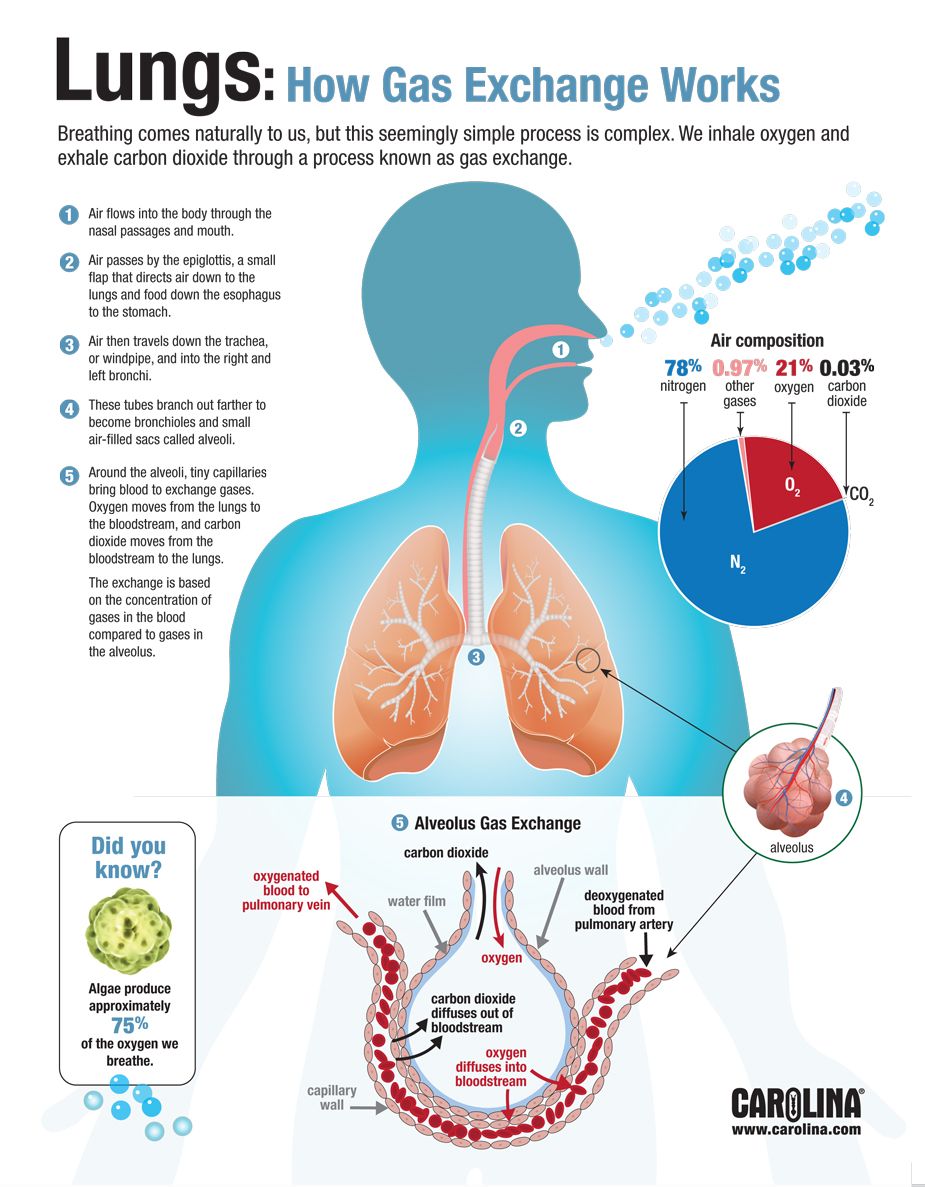
Partial pressure ( P x) is the pressure of a single type of gas in a mixture of gases.

For example, the atmosphere consists of oxygen, nitrogen, carbon dioxide, and other gaseous molecules, and this gaseous mixture exerts a certain pressure referred to as atmospheric pressure (Table 1). In natural systems, gases are normally present as a mixture of different types of molecules. Gas molecules exert force on the surfaces with which they are in contact this force is called pressure. In addition to Boyle’s law, several other gas laws help to describe the behavior of gases. In order to understand the mechanisms of gas exchange in the lung, it is important to understand the underlying principles of gases and their behavior. It is through this mechanism that blood is oxygenated and carbon dioxide, the waste product of cellular respiration, is removed from the body.

At the respiratory membrane, where the alveolar and capillary walls meet, gases move across the membranes, with oxygen entering the bloodstream and carbon dioxide exiting. Pulmonary ventilation provides air to the alveoli for this gas exchange process. The purpose of the respiratory system is to perform gas exchange. Section 14 - Special Senses Toggle Dropdown.Chapter 44 - Development of the Male and Female Reproductive Systems.Chapter 43 - Anatomy and Physiology of the Female Reproductive System.Chapter 42 - Anatomy and Physiology of the Male Reproductive System.Section 13 - Reproductive System Toggle Dropdown.Chapter 40 - Divisions of the Skeletal System.Section 12 - Skeletal System Toggle Dropdown.Chapter 39 - Muscle Fiber Contraction and Relaxation.Section 11- Muscular System Toggle Dropdown.Chapter 35 - An Overview of the Endocrine System.Section 10 - Endocrine System Toggle Dropdown.Chapter 33 - Basic Structure and Function of the Nervous System.Section 9 - Nervous System Toggle Dropdown.Chapter 32 - The Urinary System and Homeostasis.Chapter 31 - Gross Anatomy of the Kidney.Section 8 - Urinary System Toggle Dropdown.Chapter 29 - Organs and Structures of the Respiratory System.Chapter 26 - The Adaptive Immune Response: B-lymphocytes and Antibodies.Chapter 25 - The Adaptive Immune Response: T-lymphocytes and Their Functional Types.Chapter 24 - Barrier Defenses and the Innate Immune Response.Section 6 - Circulatory-Immune System Toggle Dropdown.Chapter 20 - Chemical Digestion and Absorption.Chapter 19 - Accessory Organs in Digestion.Chapter 18 - The Small and Large Intestines.Chapter 16 - Digestive System Processes and Regulation.Section 5 - Digestive System Toggle Dropdown.
#Oxygen and carbon dioxide are exchanged skin#
Chapter 15 - Accessory Structures of the Skin.Section 4 - Integumentary System Toggle Dropdown.

Chapter 13 - Connective Tissue Supports and Protects.Chapter 12 - Nervous Tissue Mediates Perception and Response.Chapter 4 - Inorganic Compunds Essential to Human Functioning.Chapter 3 - Organic Compounds Essential to Human Functioning.Section 1 - Chemistry of Life Toggle Dropdown.


 0 kommentar(er)
0 kommentar(er)
